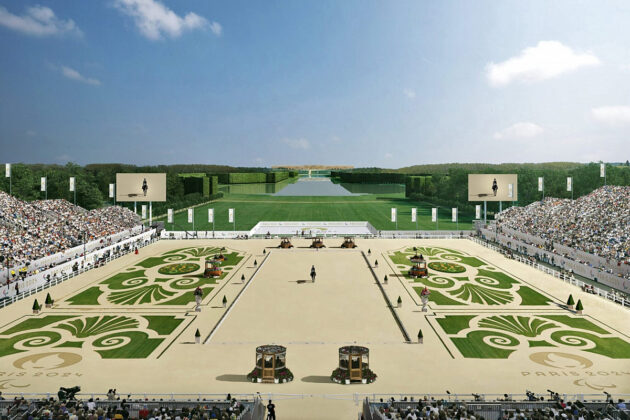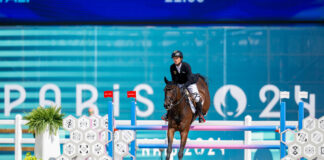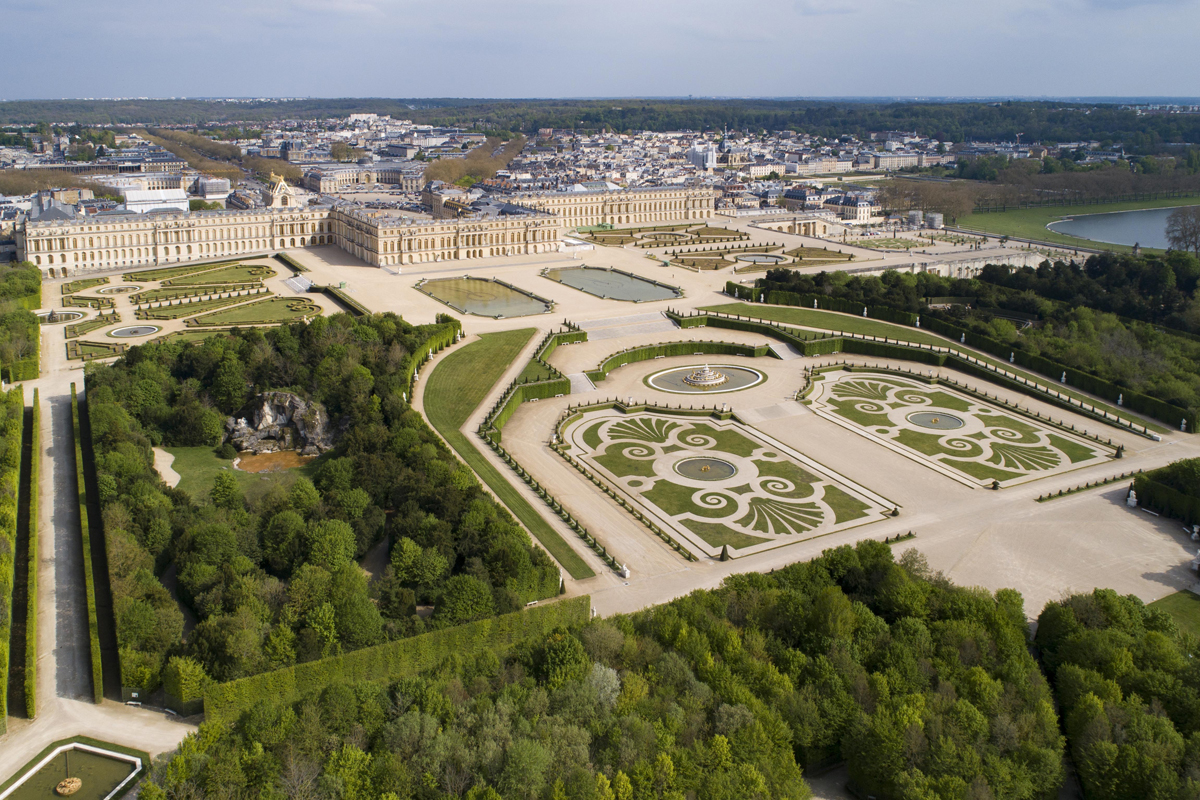
Arguably the grandest of all European palaces and the domicile of successive French Kings Louis XIII, Louis the XIV, Louis XV, and Louis XVI, the palace began as a hunting lodge built by Louis XIII in 1623. He rebuilt it on a slightly grander scale in 1631. The estate buildings and grounds were developed more and more by his son and grandsons from the 1650s until the French Revolution when Louis XVI and his wife Marie-Antoinette were forced to leave in early October 1789.
Later, Napoleon resided on the estate, but chose discretion, opting to live in the smaller Trianon rather than the main Palace. When Louis-Philippe,“King of the French,” took the throne in 1830, he initiated the development of Versailles as a museum in 1833. During his reign, Napoleon III used the Palace for parties and received England’s Queen Victoria there. The Palace survived World War I and at least two treaties were signed there during that war. For a time, the Palace was then home to the French Parliament and was the site of presidential elections for 81 years. American businessman John D. Rockefeller, Jr. fell in love with Versailles on a visit and in 1924 donated significant funds to boost preservation.
A UNESCO World Heritage site since 1979, the estate is around 2,000 acres and includes three major palaces (Versailles Palace, Grand Trianon and Petit Trianon) and other buildings, a Royal Stables, and a huge park with over 350,000 trees surrounding a Grand Canal. There are over 190 acres of manicured gardens with 55 fountains and 824 statues on display. Over 70,000 works of art and historic artifacts are housed there, including a number of grandly decorated carriages. The estate is open for public viewing six days a week, even during the Olympics.
The Kings Louis all had a passion for horses. Two Royal Stables buildings are situated prominently on the estate. Equestrian art is prevalent throughout the Palace of Versailles, from the newly restored Apollo’s fountain, complete with gilded chariot horses, to various bronze and marble equestrian statues and numerous paintings and objets d’art.
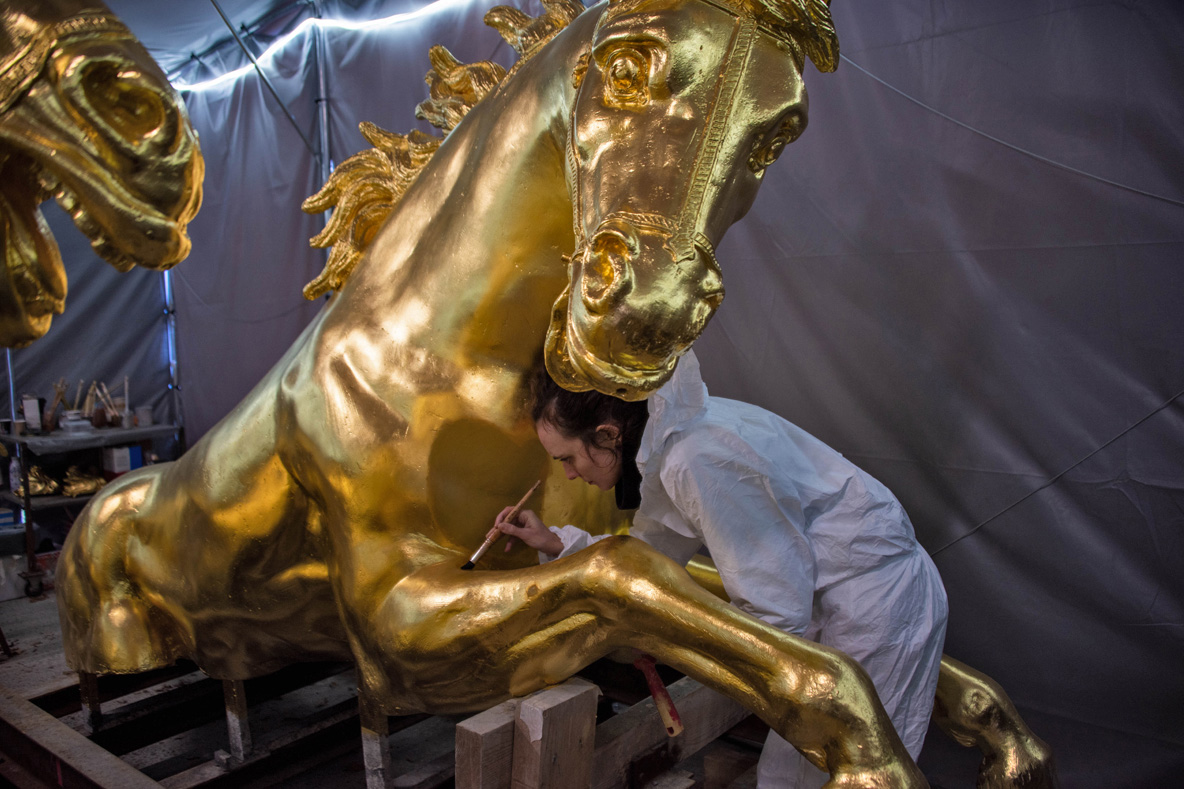
A portrait of Louie XIV aboard a perlino horse performing a levade, which was painted by René-Antoine Houasse in 1674, hangs in the Palace. There is also a public equestrian show performed by riders studying at the equestrian academy at Versailles. The horses used are either dun or perlino in color to add extra flair.
A special treat for anyone visiting the estate this summer or fall is the “Horses in Majesty” art exhibition which runs through November 3. Approximately 300 visiting works of art from around the world are featured in key places throughout the Palace.
For more news, visit our 2024 Paris Olympics main page.
In a normal year, the Palace of Versailles sees over 8.2 million visitors walk through the gates; it is expecting to top that in 2024 with Olympic visitors. The Olympic equestrian competition venue has been constructed at the far western end of the Grand Canal (on the end furthest from the Palace) in an area referred to as the Étoile Royale (Royal Star). There a 16,000-plus-seat grandstand has been constructed around three sides of the main arena.
A bit closer to the main Palace in an area called the “Menagerie” (which was once a Royal Zoo) stables with 220 stalls, a veterinary clinic, galloping track and supporting facilities have been built. The 3.29-mile eventing cross-country track will run around the Grand Canal and will include 27 obstacles with at least one jumping effort encompassing a fountain.
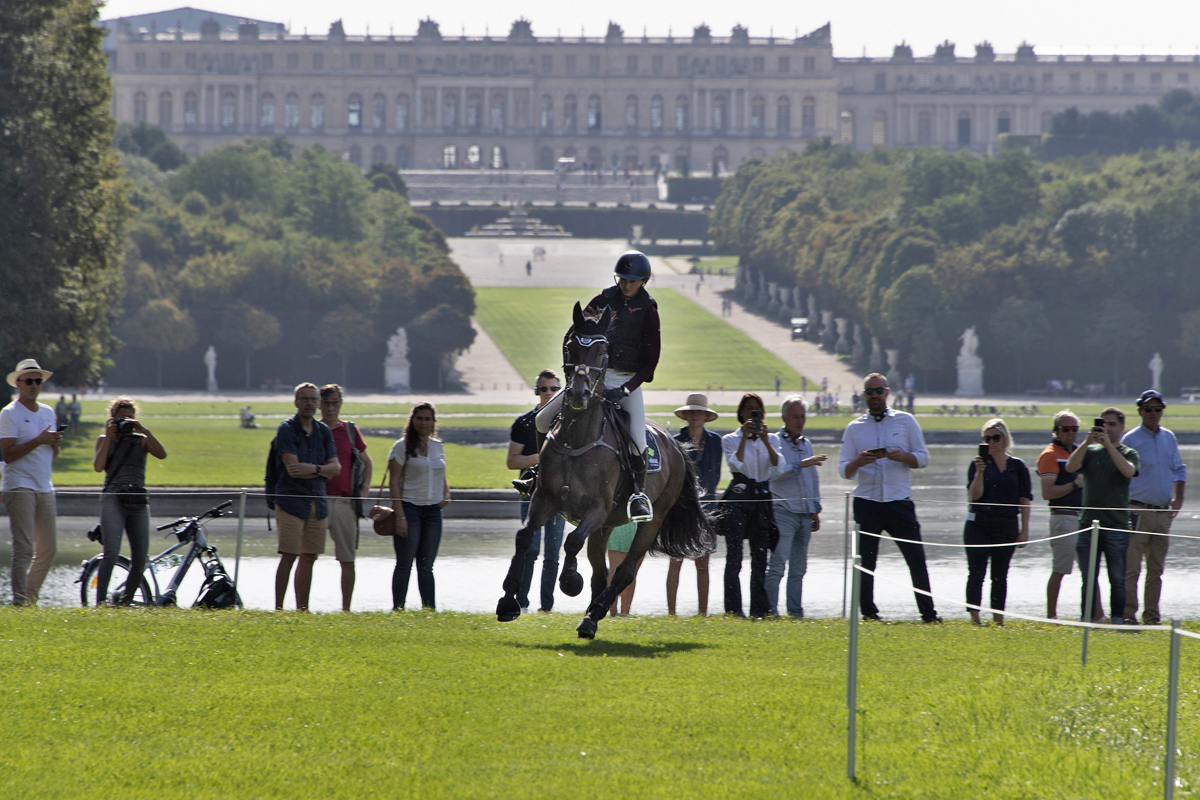
The construction has taken over two years to complete and 494,400 cubic feet of soil was moved. As was the case with Greenwich Park in London in 2012, the grounds at Versailles have to be restored to original condition after the Games. Pierre Le Goupil from France is the eventing cross-country course designer. Santiago Varela from Spain and Gregory Bodo from France are co-course designers for show jumping.
Thanks to CareCredit for our spring and summer equestrian coverage.


